We’re all trying to cut back on synthetics these days, and we’re making great progress. However there are some products that really require a synthetic material to be used because the alternatives are not suitable. In these cases, we can still make vast improvements by adding smart chemical additives which will increase the products lifespan dramatically, here’s how…
PVC Fabric Is An Amazing Material
With a tensile strength five times greater than steel, PVC fabric is a low cost, fast manufacture wonder-material. This high-grade, tear resistant material is flexible, long-lasting (though is often disposed of relatively quickly - more on that later), and highly adaptable.
But microorganisms love PVC, and will readily colonise it given the right conditions. If you store your PVC fabric tents, awnings, tarps and furnishings correctly, ie: Indoors, completely dry, and sealed in a bag, they should be fairly reusable. But we all know the reality of the situation is that these outdoor items get wet, they get muddy, they are difficult to clean, dry and fold away in the exact condition they arrived in and so they get mouldy and/or colonised by fungus. And so it’s not uncommon for PVC fabric products to be thrown out annually in favour of a new, shiny model.
How Much PVC is disposed of annually?
At the moment the EC estimates that around 6.4 million tonnes or PVC is discarded and of that amount 82% is sent to landfill each year in Europe, though this figure is falling as recycling efforts are improving.
The largest organisation that is tackling the vast majority of PVC recycling in Europe is Recovinyl, who are on-track to meet their targets of 800,000 tonnes recycled in 2020 and 1,000,000 tonnes in 2030. But obviously this leaves at least 5 million tonnes in landfill. Of this remainder in landfill we can estimate that around 20-25% is PVC fabric.

How Can We Send Less PVC To Landfill?
We can send less PVC to landfill by just being a little smarter about the PVC we’re producing. If your giant marquee is not made from ‘smart PVC’, and is going to be discarded at the end of every season, then it’s time to re-think it.
Many suppliers and manufacturers of PVC fabrics are now offering premium ranges which have UV protection to keep colours bring, or flame retardancy to enhance safety, but there’s so much more you could do with PVC to make it last longer.
Additives to stop colours from fading, or to keep whites super-white are, of course, a great addition, and flame retardancy - who’d say no to that? But we have another additive in-mind that will really add some value to your premium PVC range - antimicrobial.
We’re lucky enough to work with SANITIZED, the world’s leading manufacturer of BPR-compliant antimicrobial, and as such we have several antimicrobials which can be added to PVC materials. The benefit of this is that microorganisms such as mould and fungus can’t start colonising your PVC fabric, leaving ugly stains and eventually damaging some of the key properties of this material.
What Is ‘Smart PVC’ then?
‘Smart PVC’ is our term for PVC that performs to the best available standards thanks to additive technologies. Depending on the end purpose of your PVC fabric, we can recommend a range of additives that can work together to give your PVC fabric product any combination of the following:
- Antimicrobial - mould and fungal resistance
- Flame Retardant - improved safety
- Optical Brighteners - to keep whites pristine
- UV Absorbers - to keep colours vibrant
- PVC Stabalisers - to increase product performance and more eco-friendly PVC processing
- PVC Impact Modifiers - to give extra strength to PVC products
- Fluoropolymers - to make the surface completely waterproof
And what’s more, when the product reaches the end of its comparatively longer lifespan, it can still be recycled. So we would encourage manufacturers, retailers and consumers to get involved with Recovinyl, who can reuse this valuable resource.
Of course there is a premium price for a product which carries so many additional USPs, but there is likely a more significant cost-saving thanks to needing to replace the products far less often. And with consumers’ looking for the environmentally-friendly alternative, most are willing to pay extra up-front to be a part of the solution.

